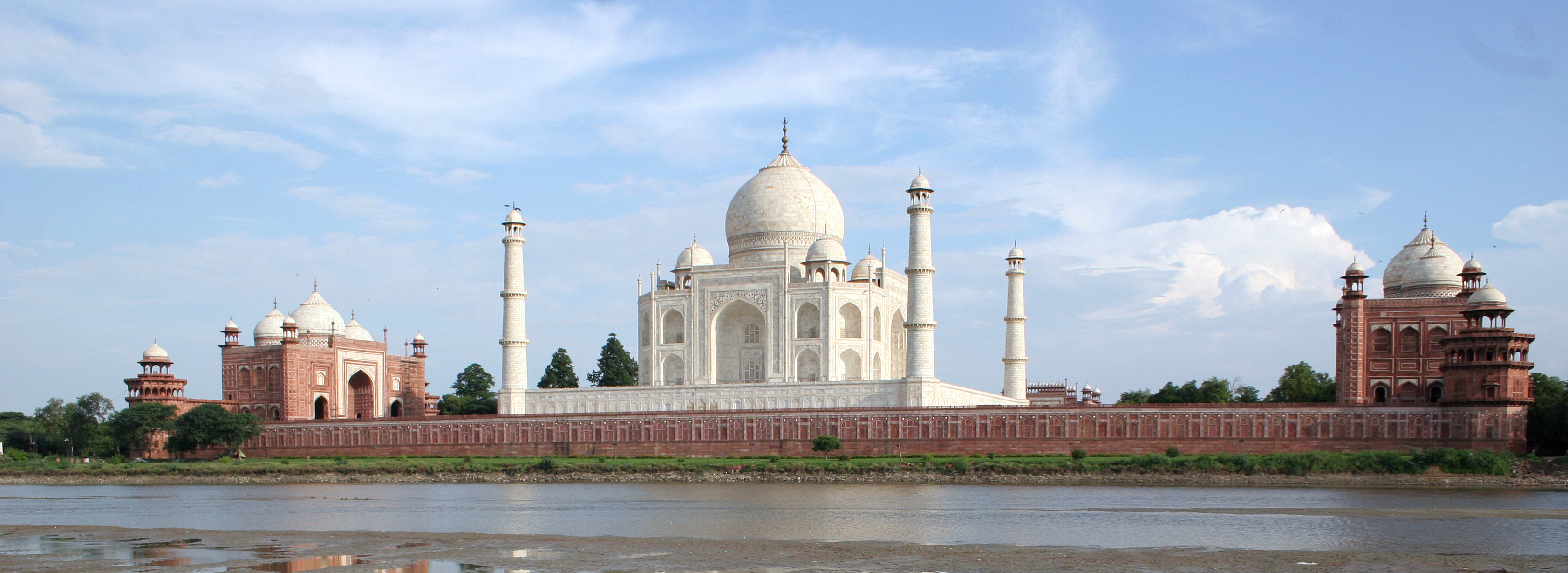The Old Badshahi Bridge stands as a remarkable testament to Mughal architectural prowess and historical connectivity. Located in Karnal, Haryana, this remarkable structure was constructed during the reign of Shah Jahan, embodying the sophisticated engineering and design sensibilities of the Mughal era. Its strategic positioning along the Grand Trunk Road highlights its significance as more than just a architectural marvel, but as a critical infrastructure that facilitated trade and movement across the Indian subcontinent.
The bridge's design reflects the intricate Mughal architectural tradition, featuring three elegant stone arches complemented by four domed-shaped tops reinforced by sturdy buttresses. This structural composition not only demonstrates the engineering skills of the period but also represents a harmonious blend of functionality and aesthetic beauty. The construction, believed to have occurred between 1540-1544 AD, coincides with a period of significant cultural and architectural developments under Mughal rule.
Beyond its physical structure, the Old Badshahi Bridge serves as a powerful historical narrative, connecting different regions and communities across centuries. Its presence near the National Highway continues to symbolize connectivity, much like it did during the Mughal period when it was a crucial link between major regions such as Lahore and Delhi. The bridge has silently witnessed the transformation of trade routes, political landscapes, and social dynamics throughout Indian history.
The bridge's historical significance is further enhanced by its mention in the memoirs of Mughal Emperor Jahangir, who emphasized the importance of constructing bridges to facilitate unobstructed travel. This royal endorsement underscores the strategic importance of infrastructure development during the Mughal period. The bridge was not merely a crossing point but a symbol of imperial vision and administrative efficiency.
While the Old Badshahi Bridge currently exists in a dilapidated condition, it remains a crucial heritage site protected by the Haryana Government. Its preservation represents an ongoing effort to maintain tangible links with India's rich historical past. The bridge serves as a silent reminder of the architectural brilliance and cultural sophistication of the Mughal era, inviting historians, archaeologists, and cultural enthusiasts to explore its nuanced story.
The architectural elements of the bridge showcase the distinctive Mughal design philosophy, characterized by expansive domes, delicate ornamentation, and a focus on symmetry and proportion. These design principles were not just aesthetic choices but reflected deeper cultural and philosophical considerations about space, beauty, and human interaction. The bridge stands as a physical manifestation of the artistic and engineering achievements of its time.
In contemporary times, the Old Badshahi Bridge has transitioned from a functional infrastructure to a historical monument. While it may no longer serve its original purpose of facilitating trade and travel, it continues to play a crucial role in preserving and communicating historical narratives. Its location in Haryana, a region rich with historical significance, further enhances its cultural value.
The bridge's story is ultimately a testament to the enduring nature of human architectural achievements. Despite the passage of centuries, the Old Badshahi Bridge continues to stand, bearing witness to the complex tapestry of Indian history, cultural exchange, and architectural innovation. It remains a powerful symbol of connectivity, resilience, and the ongoing dialogue between past and present.



